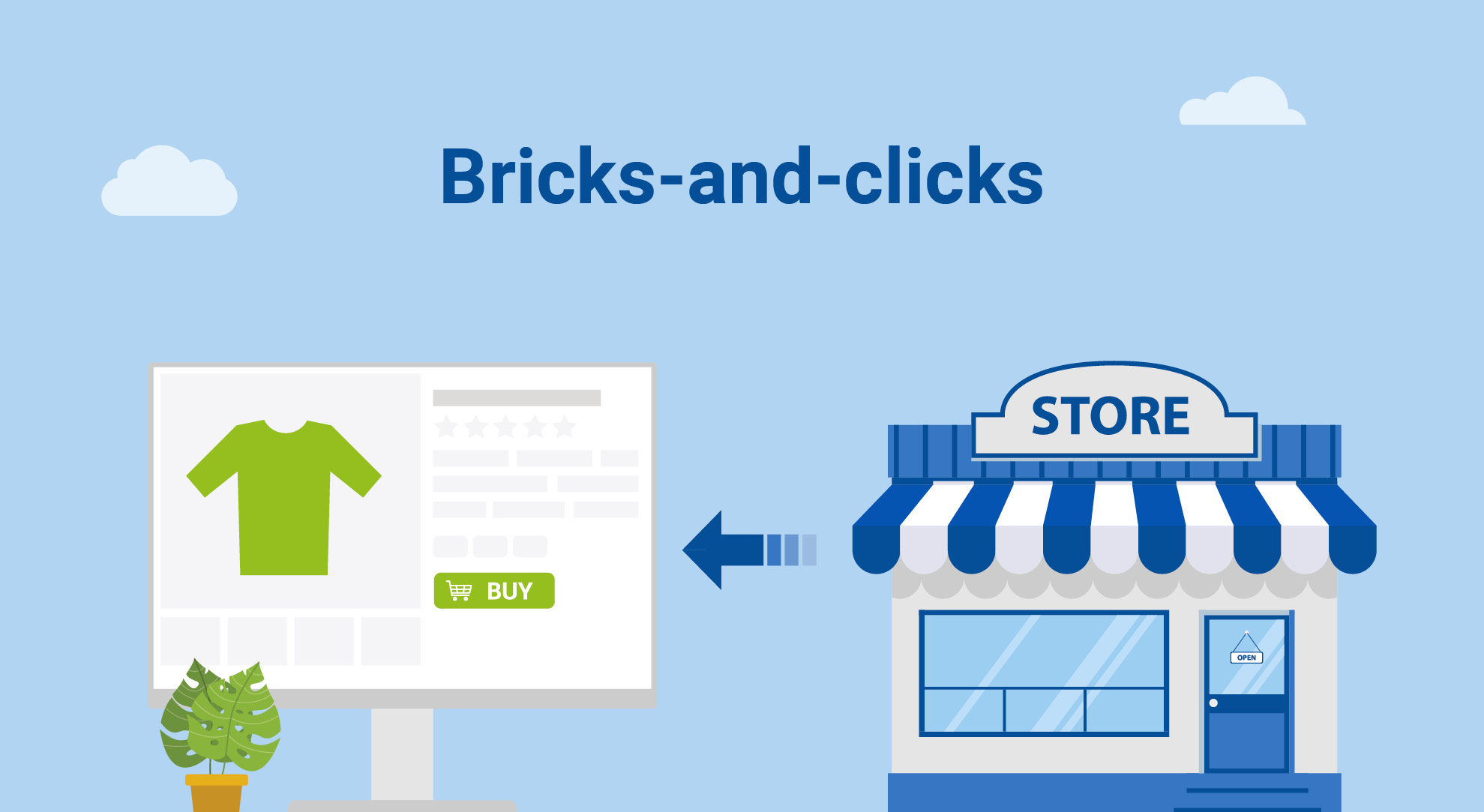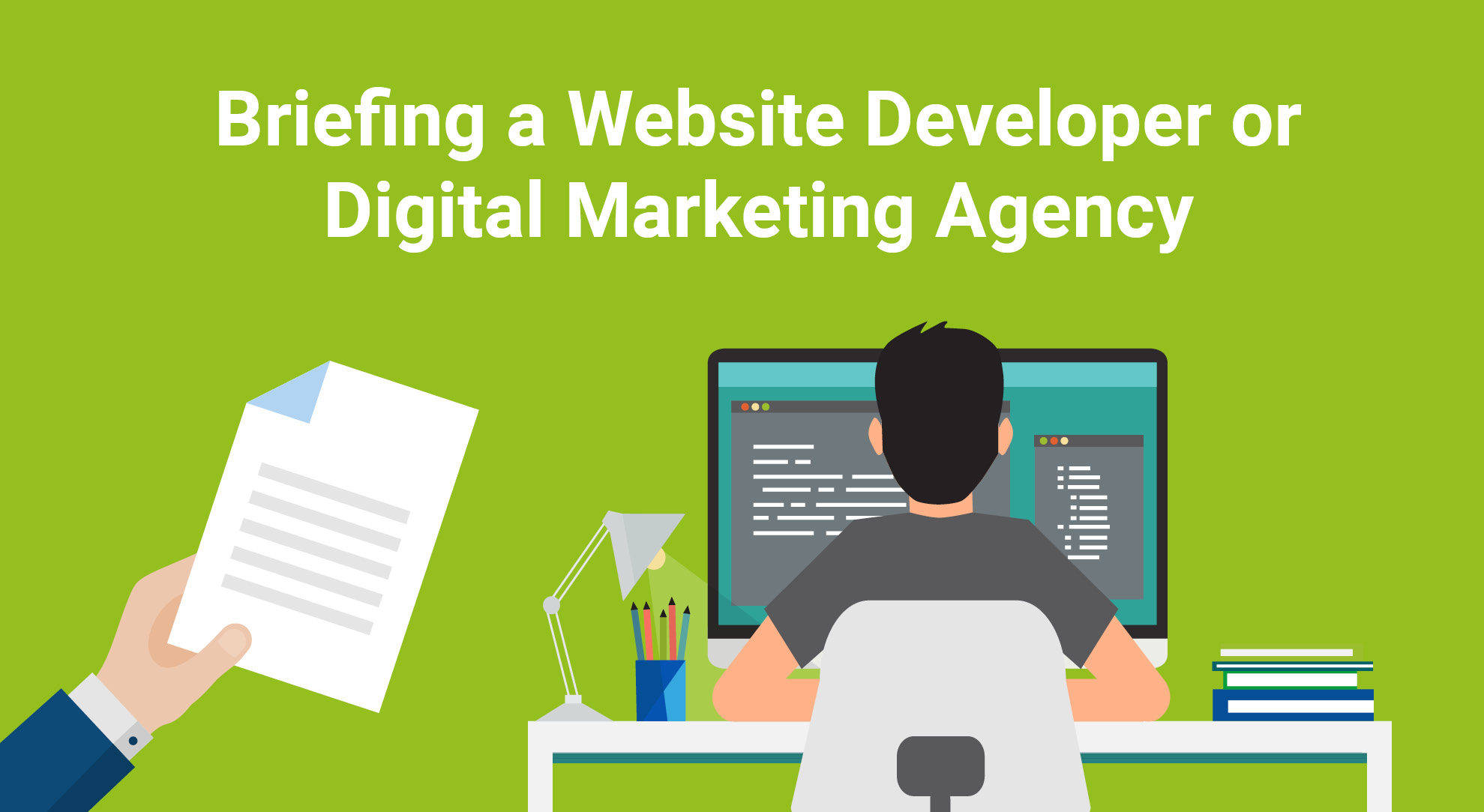
- A WordPress maintenance service can be both efficient and cost-effective!
A fast-turnaround WordPress maintenance service can make a lot of sense. At the end of the day, time is money. Designing, developing, or maintaining your company website can be a challenge. By getting direct access to experts you tap into skills that are unlikely to be available in-house. In the wrong hands the technical aspects of a content management system like WordPress can prove to be a costly mistake.
Outsourcing WordPress maintenance services to a UK-based web team means affordable fixed fees.

- A WordPress support service can fill in technical knowledge gaps and provide quick access to experts
A WordPress support service provides tech-savvy staff support when you need it most. It’s not impossible to have a whole team of experts working in-house for every business need. Online forums and discussion groups can go some way to assisting you when things go wrong with your website. But it is better if you can get access to the assistance you need at the end of a quick call, zoom, or email. This is why all supply chains exist. Expert WordPress developers have unrivalled knowledge of the CMS. They understand hosting environments, security requirements and SEO. Inadequate hosting can mean slow load times and broken links which affect your SEO.
WordPress experts can fix poorly coded themes and plugins and apply the very latest accessibility standards. Having a mobile responsive website will provide the optimal user experience.

- A WordPress maintenance plan will free up time to focus on what you do best
A WordPress maintenance plan can help identify and fix issues before they escalate. Most businesses have staff juggling capacities. They are managing suppliers, staff, sales and customer enquiries every working day. Managing a WordPress website on top of all this is a huge ongoing burden. It requires a lot of attention, resource, and specialist knowledge. Getting your website to look superb and perform well takes serious hours. Needing to spend valuable time trying to work out how to best to keep your content fresh? Ignoring your core business function can negatively affect your business goals, ambition, and of course profits.
Outsourcing your WordPress maintenance means you can focus on your core skills. Every aspect of your website could be skilfully managed, by a specialist UK-based, outsourced team.

- A WordPress support and maintenance contract can help your business scale-up
A WordPress support and maintenance contract can help you grow and scale your company’s success. Your website acts as a digital shopfront for your products or services. It is vital to continuously boost your online presence. Lagging behind your competitors? A WordPress support company could help you increase sales and expand your reach. It can help increase customer engagement, and ultimately scale up your company effectively.
A WordPress maintenance plan can help with optimising your website for search engines. This will increase its relevancy. It will help drive organic traffic, allowing you to scale your company infrastructure based on demand.

- WordPress’ maintenance service for quality assurance
Regular WordPress maintenance helps in ensuring quality control. Addressing potential problems before they get out-of-hand makes sense. Improving user experience, maintaining your website’s performance and security requirements should be paramount. Your website will be inspected for bugs and broken links during regular maintenance. If problems are discovered, they will be fixed. This ensures a smooth user experience, avoiding potential disruptions. Checking that your content, images, videos, and links are up-to-date keeps search engines happy. Ensuring compatibility across various browsers ensures a smooth user experience for visitors. Testing your website on different browsers like Chrome, Firefox, and Safari means an optimal user experience.
Reputable WordPress maintenance providers will have robust quality control systems. They have rigorous testing procedures, resulting in high-quality, bug-free websites.

- A WordPress support service means new products or services can be implemented fast
The sooner your product or service is available to customers, the sooner you will begin earning money. An experienced web development team will expedite the development process. This assists with a launch, capturing market share and customer attention quickly. Speed should not compromise quality. While it’s often necessary to move quickly, it’s also vital to maintain the best user experience. Attracting and retaining customers is hard enough. A great web development team will know all about digital customer behaviour. Improving brand image, increasing conversions, and staying ahead of the competition is vital.
Maintaining a high-quality website user experience is an excellent return on investment. This results in customer satisfaction, loyalty, and continued company growth.

- WordPress support services can help mitigate downtime risks and financial unpredictability!
Quick response times and priority issue resolution are often included in website support plans. Professional web development companies are fully equipped to deal with problems. Customer satisfaction is enhanced when you have dependable support services. Fixed costs can be included in plans. This means businesses can budget monthly or annually for their support needs. A prompt response to a bug reduces the chance of extended downtime. This minimises the impact on company operations. Satisfied customers are less likely to seek out alternatives. Reducing the chance of losing business to your competitors should be a priority.
A WordPress maintenance support program will help to keep your website up and running. When your competitors site may be down yours will be there running effectively.

- A WordPress support plan provides ongoing, regular maintenance
Regular maintenance like updating plugins, backing up databases, or refreshing content is important. But it can be tedious, time-consuming, and frustrating to the uninitiated. Outsourcing website maintenance and monitoring website health ensures it is secure, fast, and performing well.
Regular updates and maintenance are crucial. Ensuring your website is available when searched, boosts traffic, generates leads and woos returning visitors.

- WordPress’ support for the interconnected world of business
For the inexperienced it can be a huge challenge making sure your company website is searchable. It needs to be user-friendly, and culturally sensitive to a diverse audience worldwide. WordPress maintenance support can assist with multi-lingual support for brands or e-commerce websites. A multiple language website will expose your company to a wider global audience. Global transactions using multiple currencies can be set-up and administered by experts. SSL certificates should be used to safeguard data transmission. This is especially important for e-commerce websites. Your website content, imagery, interactions, and cultural nuances can all be addressed. Websites can be optimised for search engines in different languages and regions. Global accessibility guidelines can be reviewed and improved.
Your website should resonate with visitors from diverse cultures. It should embrace inclusivity, extending your online presence effectively.

- A WordPress support plan can solve in-house capacity problems.
Many people with an ounce of technical experience can use an off-the-shelf website package. They may even be able to have it up and running sooner or later. It may do the job for a while. However, developing a functional website that stands out requires technical expertise. Skilled designers and specialist WordPress developers will have years and years of expertise. There may be benefits in onboarding in-house staff to handle the process, it is a time-consuming process. High costs, technical know-how and capacity challenges that were not planned for or considered will impact your business.
Hiring professional UK-based web developers with a solid pedigree will eliminate your headaches. In the hands of an elite team of experts working in partnership with your company your stresses will disappear.

- WordPress maintenance support will improve website accessibility and user experience
One out of every five people in the United Kingdom lives with a disability. Internet accessibility is a legal requirement for UK public & private sector organisations. You should always ensure your website is accessible to as many people as possible. All your potential customers should have the best possible user experience. An expert web developer will ensure that your website adheres to all current accessibility guidelines. Customers should be able to quickly access information and content on your website. You need to consider those with speech, hearing, motor, or cognitive impairments.
Assistive technologies can be deployed by highly skilled UK website experts. Providing an appealing, responsive website with a great user experience is everything that matters.

- E-commerce may be better left to the pro’s
Building and maintaining your own e-commerce website may seem like a great, affordable option. The reality of implementing a stunning B2B, B2C, or C2C website is more likely to be a pain. It is probably better to work with a dedicated specialist team to create your e-commerce platform. Customised functions specific to your business ensure flexibility as your business grows. Adding new integrations or technologies in the future may mean that your hosted solution fails. A professional cloud-based website will have the ability to integrate with existing infrastructure.
A top-notch development team will be able to design a solution future-proofed to your specific needs.

- Website maintenance outsourcing is easy
Many businesses are used to outsourcing business functions, such as accounting, payroll, HR or supply chain, with ease. Have internal resources to provide basic IT support, or a marketing team providing content updates? Great, but it’s likely that you’d be better off employing experienced website specialists. Free up needless stress, anxiety, difficulty, or pain. Expert web developers can ease the agony of trying to compete constantly with your main competitors. Outsourcing website support, or maintenance requires little time or effort, allowing you to better manage your company’s day-to-day operations. The UK is home to a vast, technology and creative services industry talent pool. Renowned for their skill set and creative flair, why not outsource your WordPress maintenance and support?
Put the expertise and skill of a capable, reliable outsourced WordPress maintenance service provider to work. Giving your company the freedom to focus on more important tasks.
Speak to one of our friendly team at GWCM for help, advice, or emergency WordPress support, we’re happy to help.















 precisely outline what the problem is that you are addressing with a new campaign or project. Make sure you have a clear objective, avoiding jargon and any internal lingo. Write with your creative agency in mind; give an obvious and detailed description, so they can fully understand all of the factors they need to consider to achieve your goal.
precisely outline what the problem is that you are addressing with a new campaign or project. Make sure you have a clear objective, avoiding jargon and any internal lingo. Write with your creative agency in mind; give an obvious and detailed description, so they can fully understand all of the factors they need to consider to achieve your goal. Measurement: What impact do you want to make with the project? Include facts, figures and success indicators.
Measurement: What impact do you want to make with the project? Include facts, figures and success indicators.
 Budget: Supplying a budget guide is always tricky, especially if you’re not sure how much it is likely to cost. With that being said, giving your design agency an idea of a budget will mean they can better tailor their recommendations to your expectations. If you don’t have a fixed budget, then a price bracket such as ‘between £2,000 to £4,000’ will be the best solution.
Budget: Supplying a budget guide is always tricky, especially if you’re not sure how much it is likely to cost. With that being said, giving your design agency an idea of a budget will mean they can better tailor their recommendations to your expectations. If you don’t have a fixed budget, then a price bracket such as ‘between £2,000 to £4,000’ will be the best solution.



